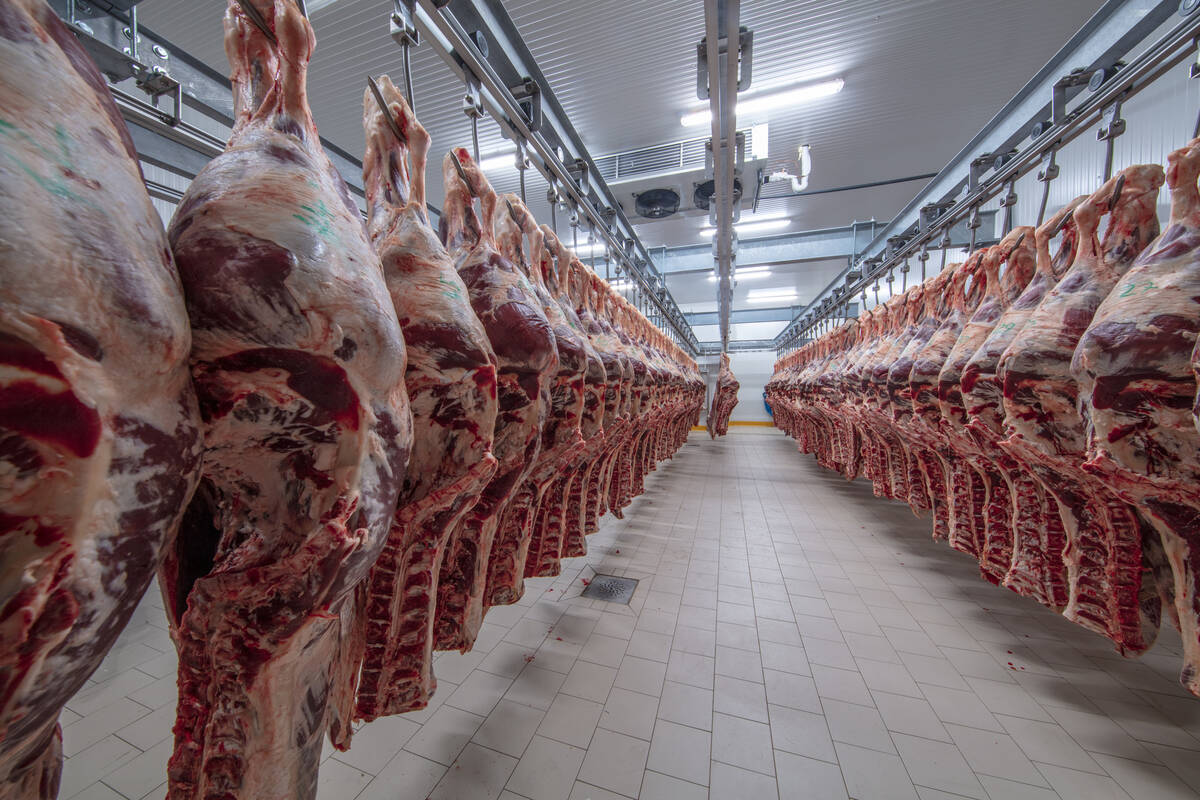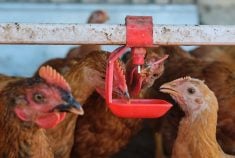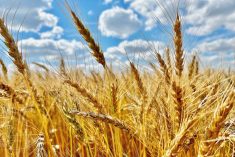CNS Canada — Prices for Canadian bison are slowly gaining ground as the industry continues to try and expand its global footprint. While the U.S. remains Canada’s largest export market, efforts have been made to increase access to Mexico, Europe and some parts of Asia.
Last year, roughly 11,500 animals were slaughtered domestically while 17,600 more were sent to the U.S.
“The industry is certainly interested in growth,” said Terry Kremeniuk, executive director of the Canadian Bison Association (CBA) in Regina. “The North American industry has set a goal of trying to grow the herd from 400,000 to a million over the next decade.”
Read Also

Tyson Foods settles U.S. beef price-fixing lawsuit for $82.5 million
Tyson Foods has agreed to pay $82.5 million (C$113.3 million) to settle a proposed class-action lawsuit brought by grocers and other businesses that accused the meat and poultry giant of conspiring to inflate U.S. beef prices by restricting supply.
Prices for bison have jumped in the past few years. In 2011, the price for a pound of grade A bison (hot hanging weight) was around $4 — and stayed relatively the same until the latter portion of 2014 and 2015, when bids rose to $5.30.
Prices for bison are now around $6/lb.
The impact of the Comprehensive Economic and Trade Agreement (CETA) has improved Canada’s access to the European Union, Kremeniuk said.
“There used to be a 20 per cent tariff on high-quality products going into the union,” he said, adding he could see volumes increasing into the EU in the future.
More importantly the decline of the Canadian dollar has made bison exports more attractive to international buyers. On June 1, 2014 the loonie was worth 94 U.S. cents; it’s now closer to 77.
This season looks to be another good one for the industry, although producers are keeping a wary eye on dry conditions afflicting the Prairies.
“I am sure some people are concerned about it,” he said, adding it was still a little early for the dryness to affect most producers’ marketing decisions.
According to the CBA, there were roughly 55,000 bison living in Alberta in 2016; Saskatchewan was next with 40,400, then Manitoba with 14,000 animals. The Canada-wide total was just under 120,000.
— Dave Sims writes for Commodity News Service Canada, a Glacier FarmMedia company specializing in grain and commodity market reporting.
















